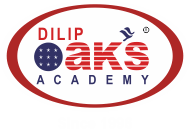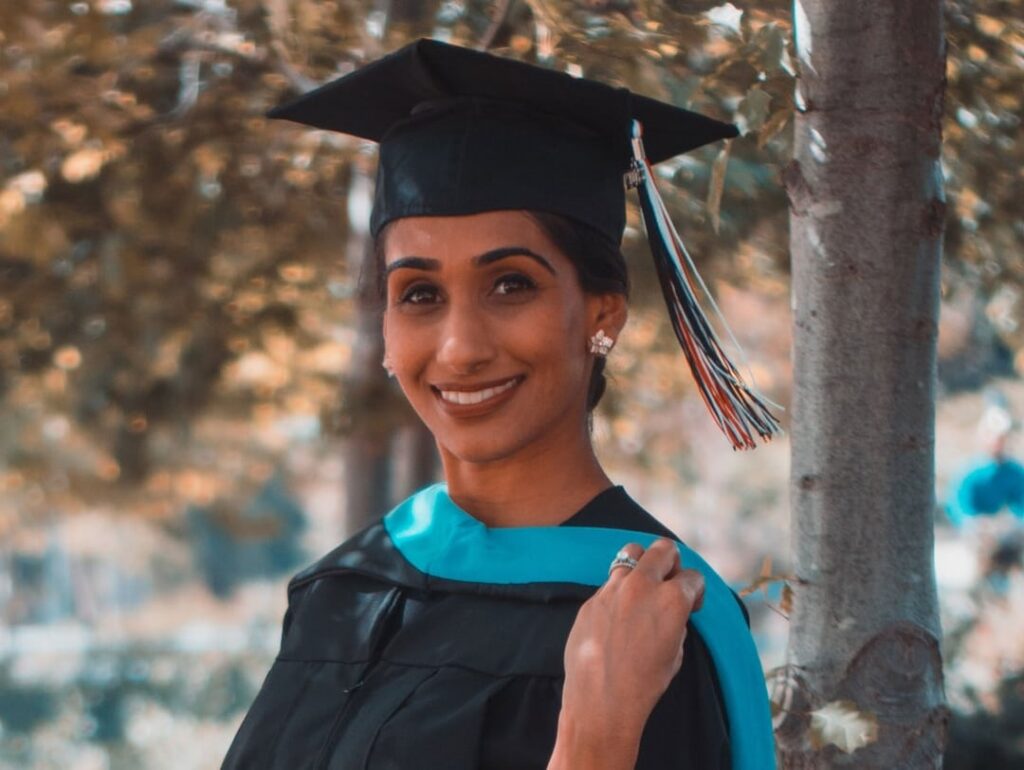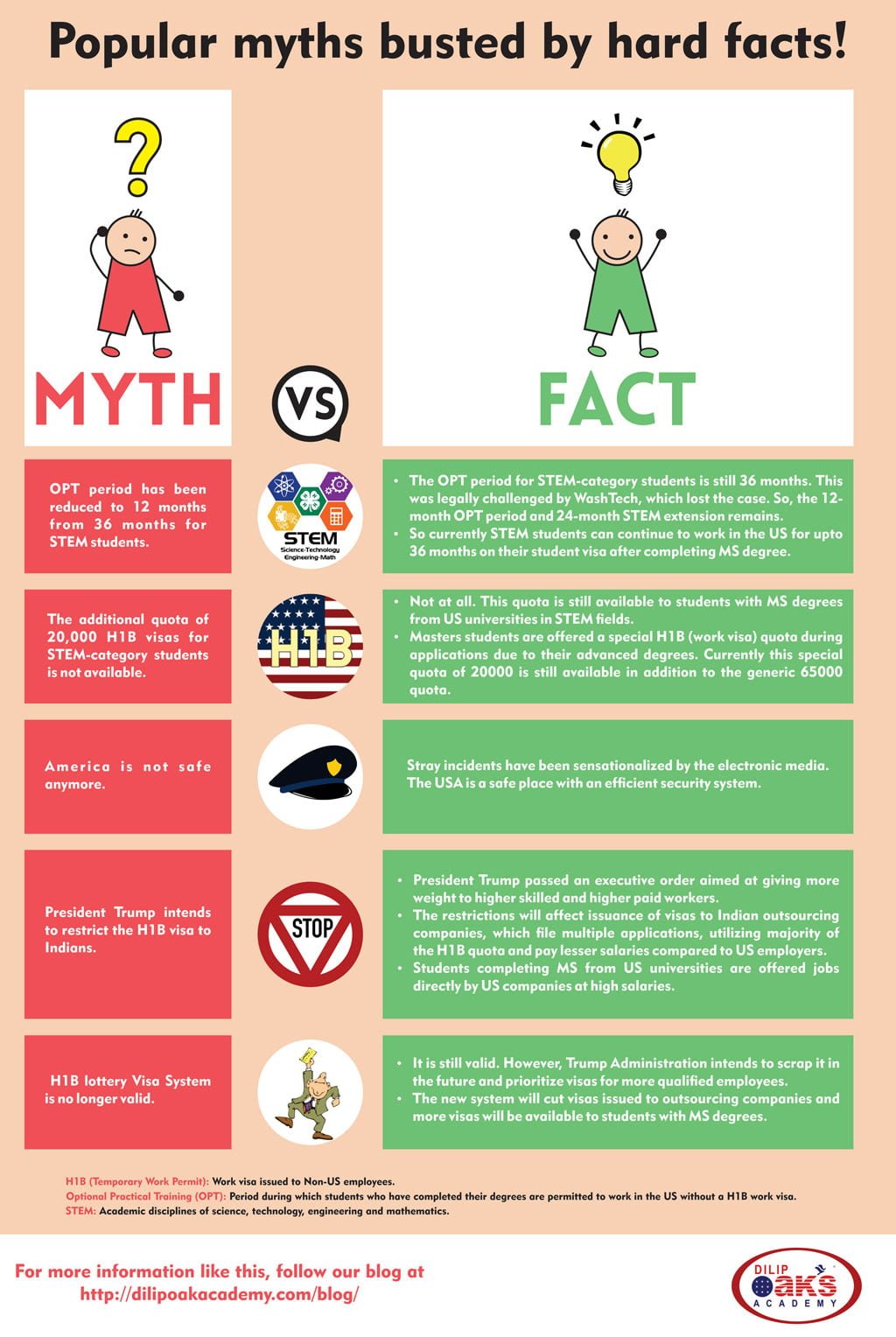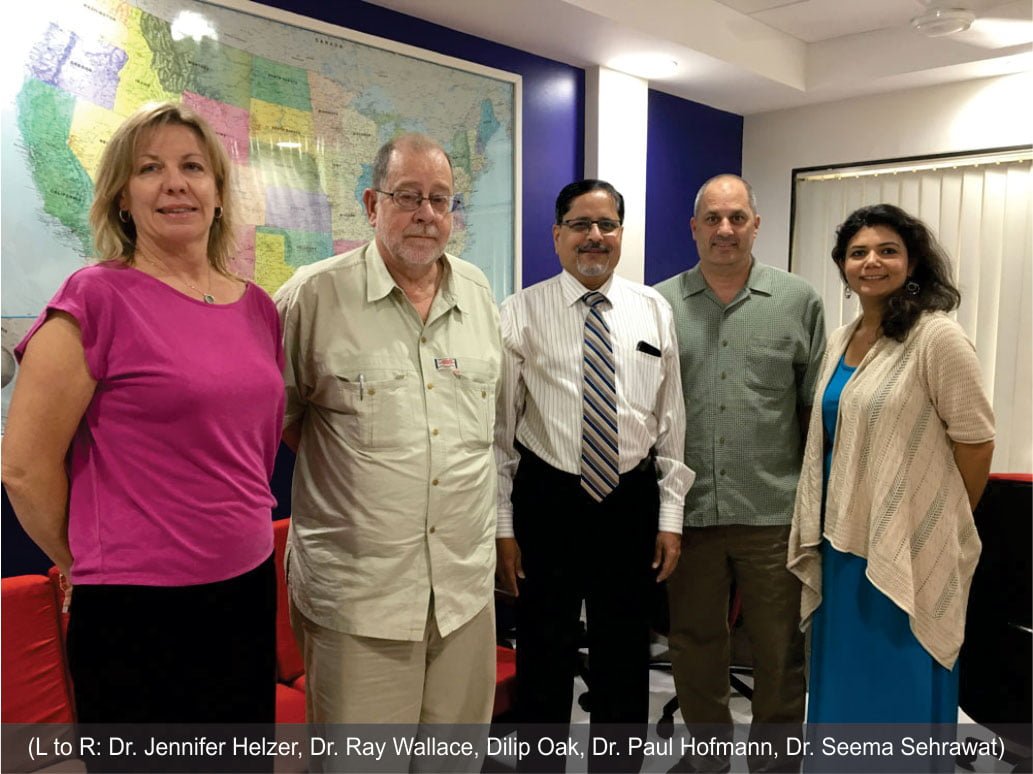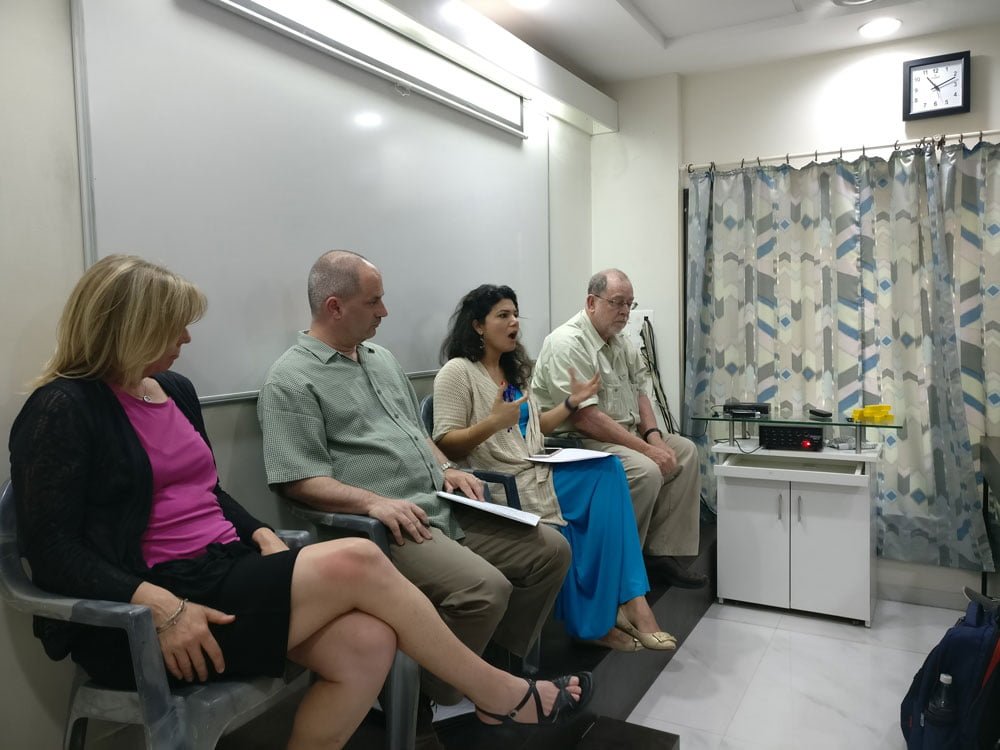Optional Practical Training (OPT) is a program that allows international students who have completed their degrees in the United States to work in the country for a certain period of time. The duration of the OPT program can vary depending on various factors such as the type of degree, the field of study, and any extensions that may be available. It enables oversees students to work in USA without obtaining H1B visa.
Benefits of OPT for International Students
Optional Practical Training (OPT) is an attractive option for overseas students coming to the USA for higher education:
Gain work experience: OPT allows international students to gain practical work experience in their field of study. This experience can help them stand out when applying for jobs after completing their studies.
Extend stay in the USA: OPT allows international students to stay in the USA for an additional 12 to 36 months after completing their degree program, depending on their field of study. This can provide an opportunity to gain work experience, and explore different career paths.
Network and make connections: While working on OPT, international students can network with professionals in their field, which can lead to job offers and career opportunities in the future.
Financial stability: OPT allows international students to earn money and become financially stable, which can be helpful in paying for their education loan.
Bridge to H-1B visa: OPT can serve as a bridge to the H-1B visa, which is a non-immigrant visa that allows U.S. employers to temporarily employ foreign workers in specialty occupations. OPT can provide international students with the necessary work experience to qualify for an H-1B visa.
Duration of OPT
The standard OPT program allows eligible students to work in the United States for up to 12 months. However, students with degrees in science, technology, engineering, or mathematics (STEM) fields, are eligible for a 24-month extension of their OPT period.
It’s important to note that the total duration of OPT, including any extensions, cannot exceed 36 months.
It’s also important to understand that the OPT clock starts ticking the day after a student’s program end date, and any time spent unemployed during the OPT period will count against the total duration. This means that it’s important for students to secure employment as soon as possible after their program end date, and to report any changes in employment or address to their Designated School Official (DSO) within 10 days of the change.
During their OPT period, international students can request that their employer sponsor them for an H1B visa, which grants them the ability to work in the United States for up to 6 (3+3) years. The US government allocates a total of 65,000 H1B visas every year, with an additional 20,000 visas reserved specifically for STEM students. Applications for H1B visas are accepted on April 1st of every year, with approximately 250,000 applicants competing for these limited slots, resulting in a lottery system to determine visa recipients. If a STEM student is not selected for a visa in the initial round, they can continue working under OPT and apply again the following year, providing them with up to three chances to secure a work permit during their OPT period.
At Dilip Oak’s Academy, We also provide detailed guidance on these processes under our Admission Counseling Services, including a selection of universities, documentation process and visa counseling, and mock visa interviews. In addition, as India’s leading Study Abroad Consultants, we have helped more than 30,000 students to secure their dream admits for various universities in America including MIT, Stanford, Cornell, Carnegie Mellon and other top-ranked universities.
We also offer GRE, TOEFL, and IELTS coaching, GRE Self Prep and guide students with university selection, application essays, and visa counseling under our Admission Counseling Services for USA, Germany and UK. To enroll, call us on 91-020-67444222, 91-8007878495.
